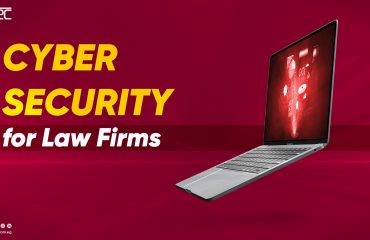
In the ever-evolving landscape of cybersecurity, traditional defense mechanisms are often not enough to thwart sophisticated cyber threats. As cybercriminals become more adept at bypassing conventional security measures, organizations need to adopt innovative strategies to protect their valuable data and systems. One such cutting-edge approach is the use of deception technologies.
What are Deception Technologies?
Deception technologies are advanced security measures designed to mislead attackers, disrupt their activities, and gather intelligence on their methods. Unlike traditional cybersecurity tools that focus on keeping intruders out, deception technologies create a dynamic and interactive environment that entices and traps malicious actors. This proactive defense mechanism involves deploying decoys, traps and lures across the network to detect and respond to threats before they can cause significant harm.
How Deception Technologies Work
Deception technologies function by creating a network of fake assets, such as decoy servers, workstations, applications, and data, which mimic real resources. These decoys are strategically placed within the IT infrastructure to appear as attractive targets to attackers. When an intruder interacts with these decoys, the deception system immediately detects the unauthorized activity, triggers alerts, and starts collecting valuable information about the attacker’s techniques, tools, and objectives.
Key components of deception technologies include:
- Decoys and Honeypots: Fake systems that appear legitimate and valuable to attackers.
- Honeytokens: False data or credentials that, when accessed or used, alert security teams to a breach.
- Deception Grids: Networks of decoys that create a realistic environment to mislead attackers.
- Deception Directors: Centralized management systems that coordinate the deployment and monitoring of deception assets.
Benefits of Deception Technologies
- Early Detection: Deception technologies enable early detection of threats by luring attackers into engaging with decoys rather than real systems.
- Attack Attribution: By analyzing the behavior of intruders interacting with decoys, organizations can gain insights into the identity and methods of attackers.
- Reduced Dwell Time: Detecting intruders early in the attack lifecycle minimizes the time they spend within the network, reducing potential damage.
- Enhanced Threat Intelligence: Information gathered from deception activities helps in understanding emerging threats and improving overall security posture.
- Resource Efficiency: Deception technologies can be more resource-efficient compared to traditional security measures, as they focus on misleading and trapping attackers rather than blocking all potential threats.
Real-World Applications
Several industries have successfully integrated deception technologies into their cybersecurity strategies. Financial institutions use decoys to protect sensitive customer data and financial transactions. Healthcare providers deploy deception tools to safeguard patient information and comply with regulatory requirements. Government agencies utilize deception technologies to defend against espionage and cyber warfare activities.
Challenges and Considerations
While deception technologies offer numerous benefits, they also present some challenges:
- Complex Deployment: Setting up and maintaining an effective deception environment requires careful planning and expertise.
- Integration with Existing Security Measures: Deception technologies need to be integrated seamlessly with other security tools to provide comprehensive protection.
- Continuous Updates: Decoy systems must be regularly updated to remain believable and effective against evolving threats.
- False Positives: There is a risk of false positives, where legitimate activities are mistakenly identified as threats.
Future of Deception Technologies
As cyber threats continue to grow in sophistication, the future of deception technologies looks promising. Advances in artificial intelligence and machine learning are expected to enhance the effectiveness of deception tools by automating the creation and management of decoys and improving the accuracy of threat detection.
In conclusion, deception technologies represent a powerful and innovative approach to cybersecurity. By turning the tables on attackers and using their tactics against them, organizations can gain a strategic advantage, enhance their security posture, and better protect their valuable assets in an increasingly hostile cyber environment.



